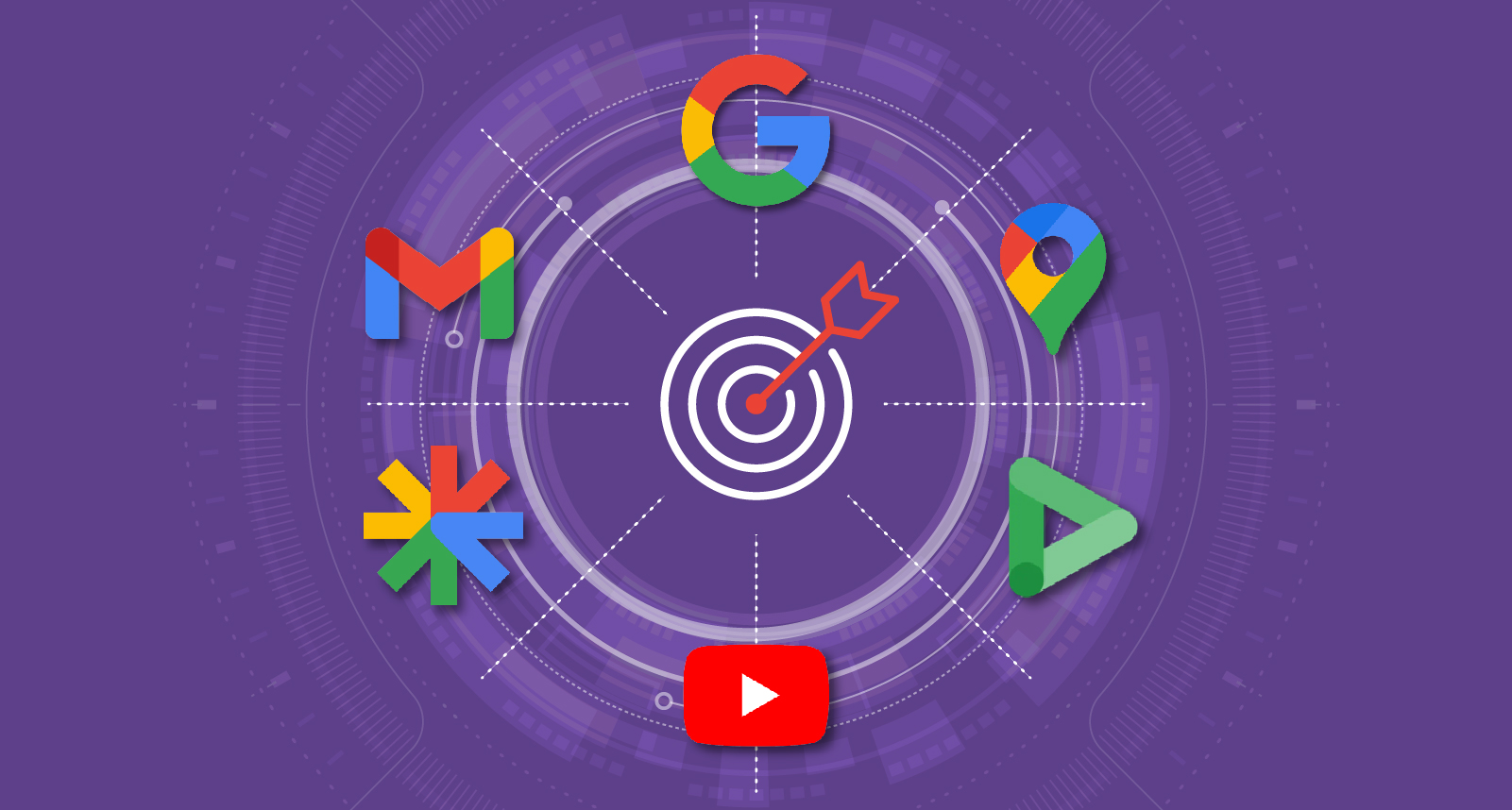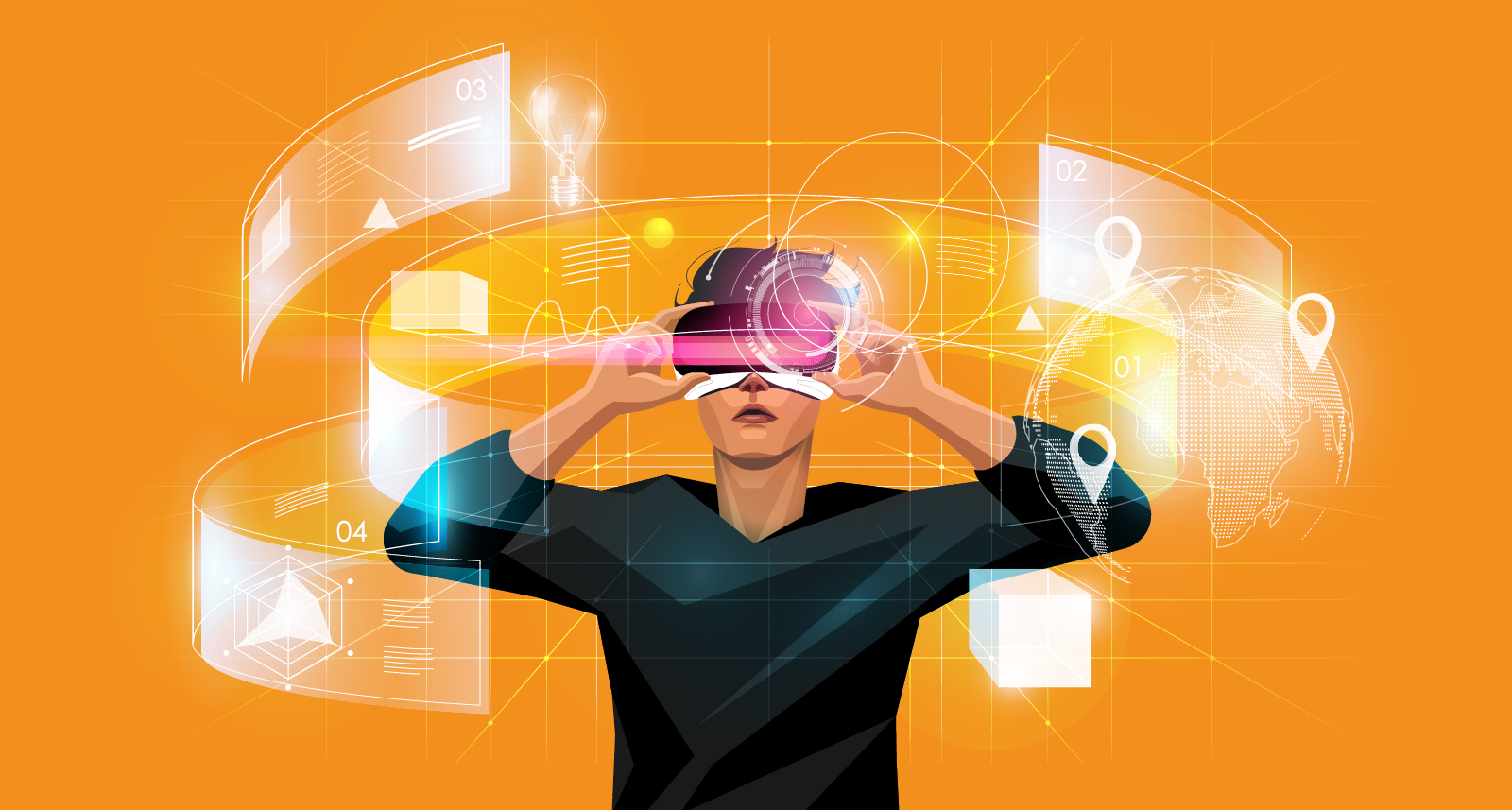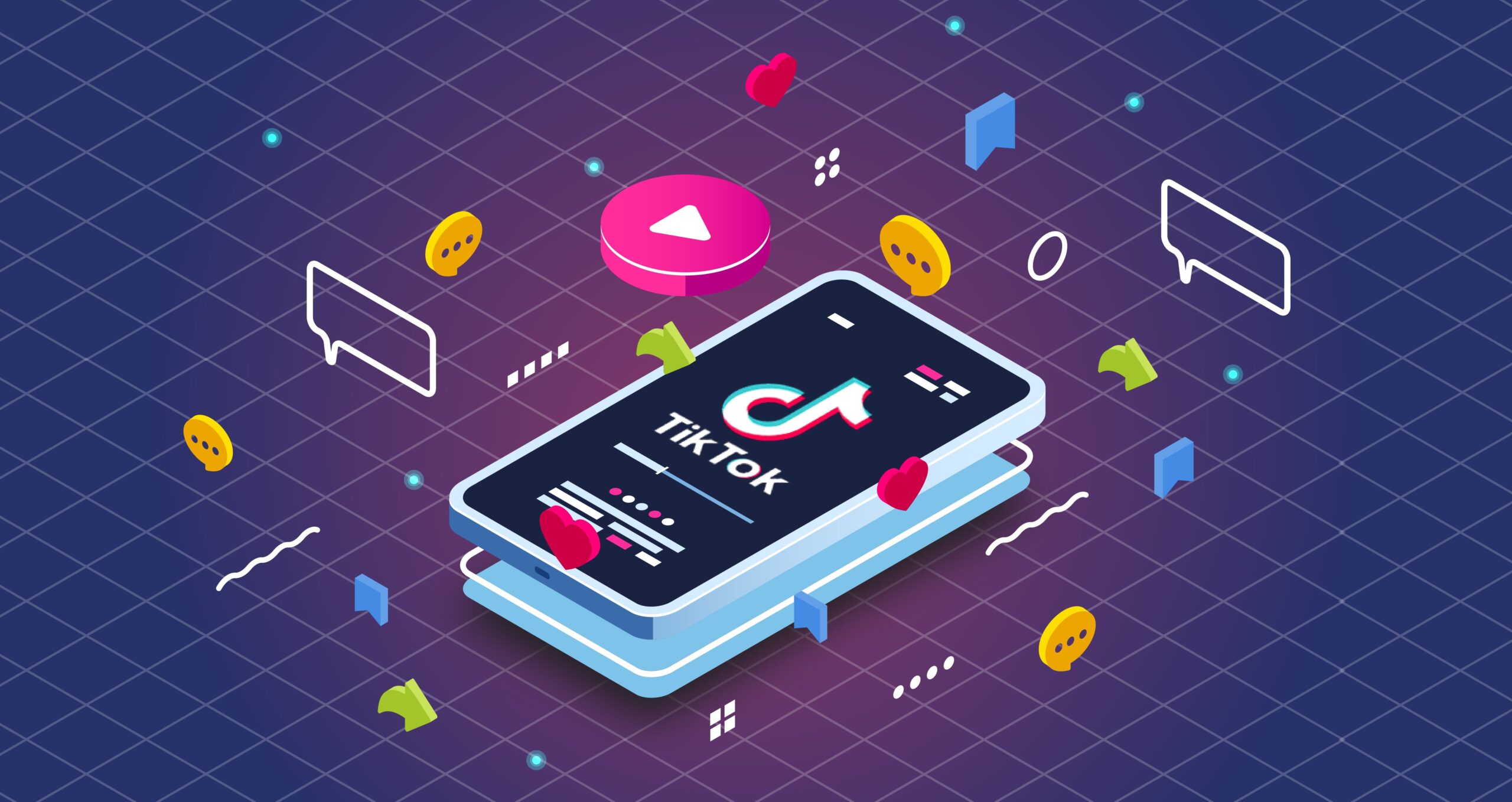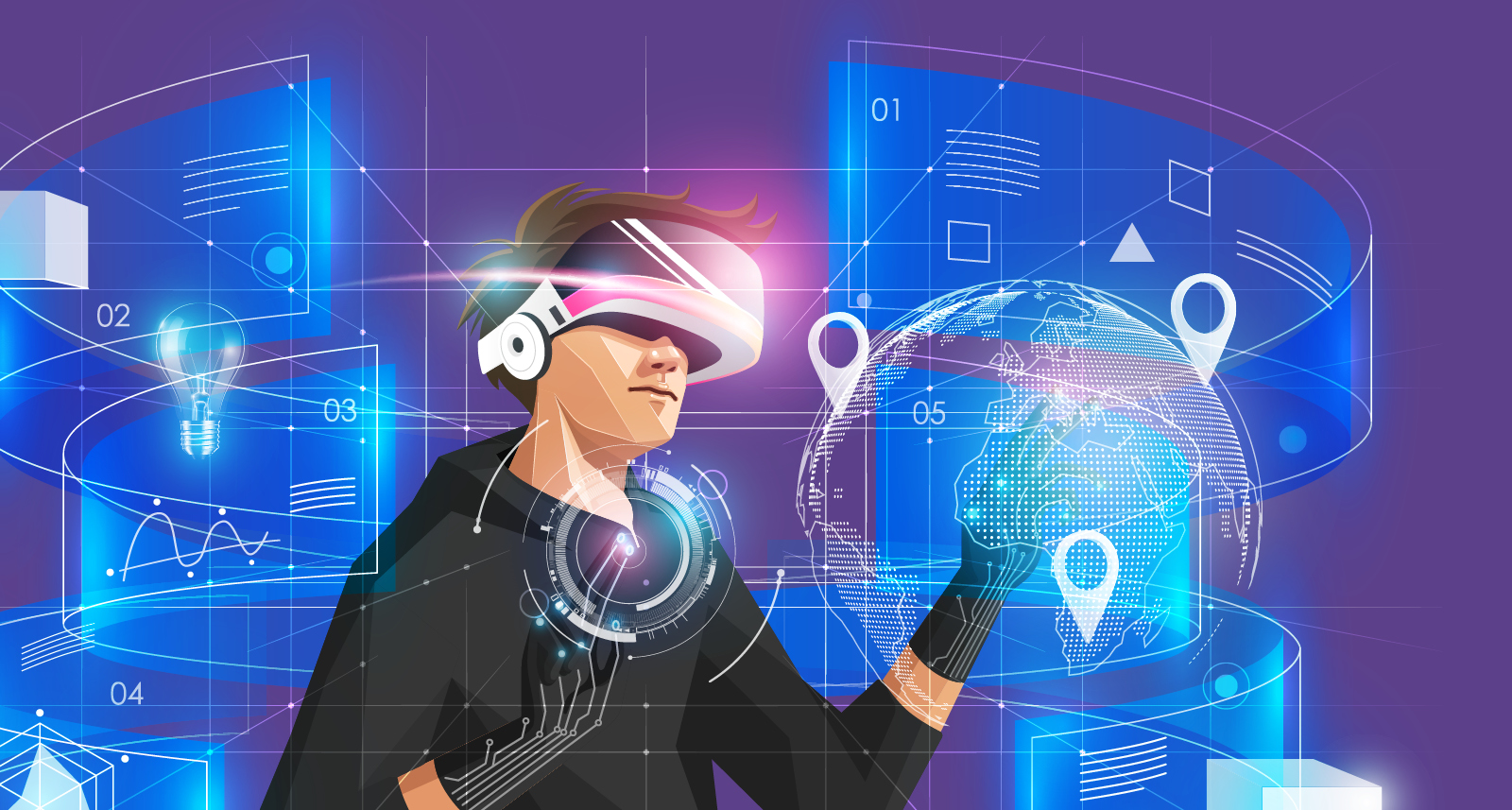The team recently attended the Digital City Festival Expo in Manchester, where there was a talk on the “Metaverse” and what that means now for various professions and what the future will look like for those professions. It got the team thinking, there’s a lot of talk about HOW the Metaverse is being marketed, but few are talking about marketing IN the metaverse.
Now, there is a lot of marketing going on for the Metaverse, and brands are popping up everywhere to get in on the action – especially with the rise in NFTs, and how they will play a role in the Metaverse – but what really needs to be known is when can our clients and brands be seen on a billboard in the Metaverse?! Imagine it, thousands of people all plugged in to the Metaverse, and there is the client on a billboard in a digital city, a brand for everyone that is “plugged in” to see. That would be great right? But where does it end? A user decides to meet up with a friend in a bar in the Metaverse –orders a beer, but it won’t just be a generic, made-up beer brand, it will be a branded beer – and that brand will pay to have their beer represented in digital form. Budweiser, Heineken, Corona etc. they’ll all be clambering to ensure the products can be bought in a bar in the Metaverse.
Where do we even begin?
First off, the term metaverse: what is it? Check out the movie ‘Free Guy’ for starters. A “definition” is nearly impossible as the concept of the metaverse is still developing. The metaverse was allegedly born from Neal Stephenson’s 1992 novel ‘Snow Crash’. In the book, people live, work, and play in an online world using digital avatars of themselves to escape a dystopian reality. Fast forward to today and the conversation surrounding the metaverse refers to a similar virtual world with its own digital economy (e.g. cryptocurrency) where users can buy virtual items to dress, live, work, learn and even party. Anyone can gain access to the metaverse through hyper-realistic and immersive technology such as augmented (AR) and virtual reality (VR).
The metaverse cannot be siloed, and its most accurate comparison could be the rise of the internet and how that has evolved. With video games like Fortnite and World of WarCraft where users are already active in virtual worlds and making transactions for digital goods, Isn’t the metaverse already in existence? Stating that a video game is a metaverse is like saying that the internet is Google. Google is not all-encompassing just like video games aren’t. Many have multiple online social media profiles and visit a lot of websites for all sorts of activities from reading the news, shopping, booking holidays and comparing car insurance, streaming music and video online. Visionaries of the metaverse see the alternate worlds being able to create virtual workspaces, homes, and extraordinary experiences for people of all ages.
As with most activities users do when going about their daily lives and surfing the internet, they are presented with marketing and advertising at every turn. But how will digital marketing translate into the metaverse? If users end up spending a lot of time in the metaverse then brands are going to have to reach them in alternate ways in these alternate worlds. Will Guinness be served at the bar and which brand will take up the virtual billboard ad space?











